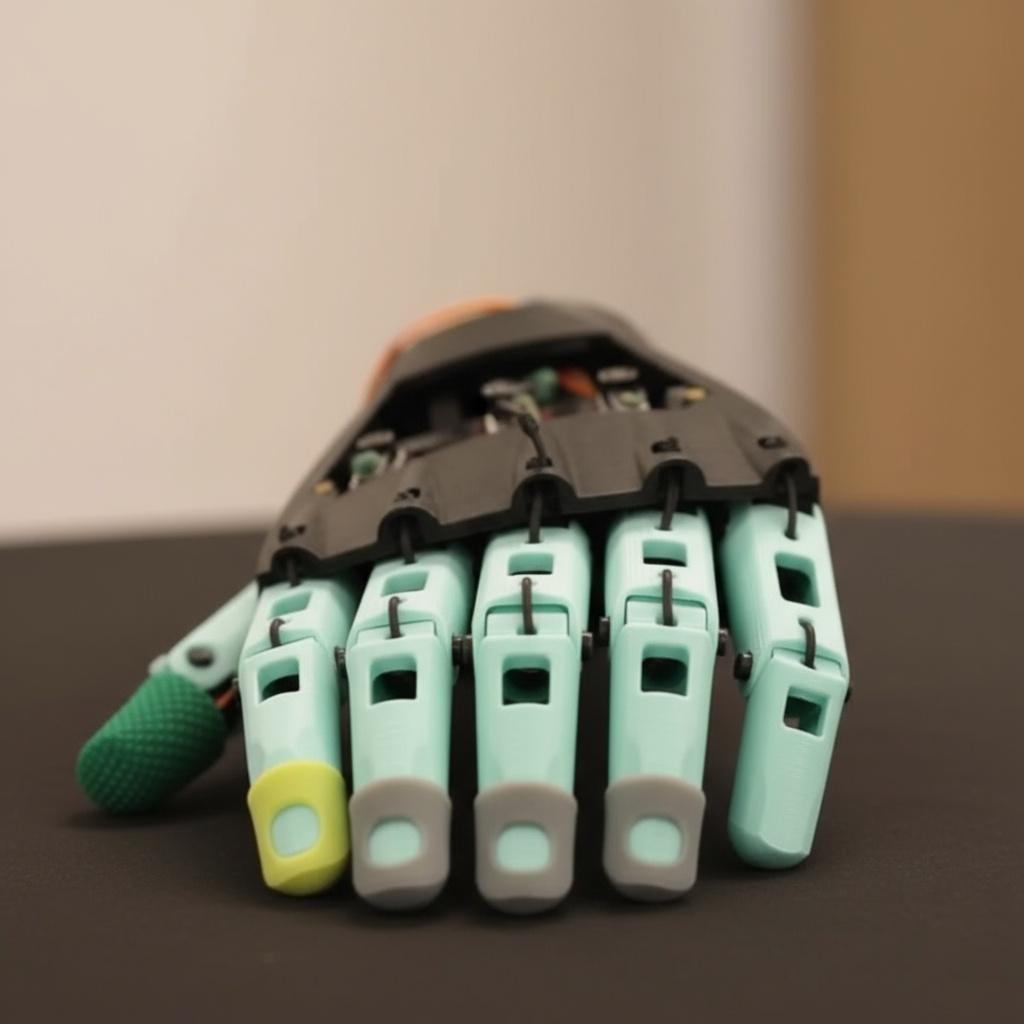Artificial intelligence is reshaping how assistive technologies are conceived, and a group of determined students is putting that transformation on display. By blending advanced algorithms with mechanical design, these student engineers are pushing robotic prosthetics closer to natural movement and more intuitive control.
At California State University, Northridge, student teams are designing and testing AI-enhanced prosthetic limbs showcased in a recent NBC News segment. Reporter Gadi Schwartz visited the campus lab to see prototypes in action and speak with the builders about how machine learning is helping them rethink responsiveness and user experience.
The core idea is straightforward but powerful: teach prosthetic devices to interpret a user’s intent. Through sensors and software, AI can analyze patterns—like muscle signals or motion cues—and translate them into precise commands, enabling smoother, more human-like movement.
Students emphasize adaptability as the differentiator. Instead of relying on fixed, preprogrammed motions, their systems learn and adjust to the individual over time. That can mean better grip control, improved balance, and more fluid transitions between everyday tasks such as reaching, grasping, or walking.
This work is as much about process as product. Teams iterate rapidly—prototyping, testing, and refining—while integrating robotics, biomechanics, and data-driven control. The classroom becomes a proving ground where theoretical models are stress-tested against real-world use.
Beyond technical performance, the students are exploring how to make intelligent prosthetics more accessible. University-led innovation can lower barriers by accelerating experimentation, sharing insights, and training a new generation of engineers to build solutions with cost, durability, and maintenance in mind.
The path to everyday deployment runs through careful user testing and cross-disciplinary collaboration, including feedback from clinicians and prosthetics users. Reliability, safety, and comfort remain top priorities, alongside ethical considerations in data use and AI decision-making.
What’s clear from this campus initiative is the broader momentum: AI-driven prosthetics are moving from research prototypes to practical tools. As students showcase tangible gains in control and usability, they also signal a future where intelligent assistive devices are more personalized, capable, and ready for life beyond the lab.






